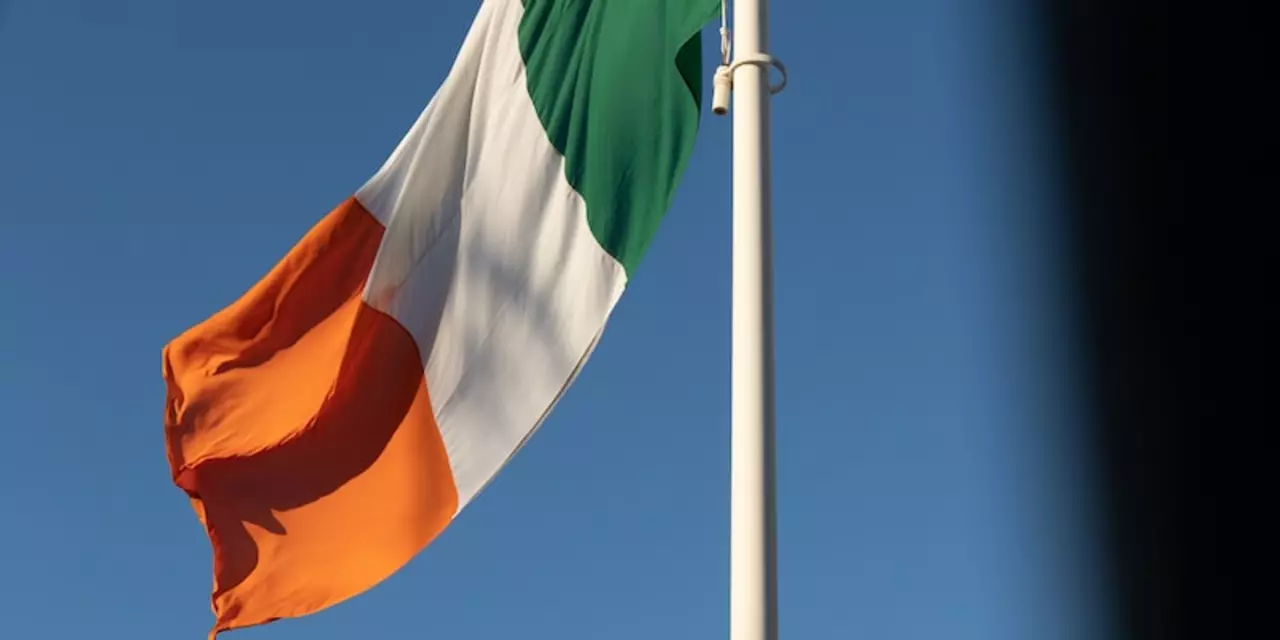Ancestry Travel Guide: Discover Your Roots on the Road
Did you know your family story can turn a regular trip into an adventure? When you mix travel with genealogy, every street corner, museum, or old church becomes a clue. Below are practical steps you can use right now, no fancy software required.
Why Explore Ancestry While Traveling
Travel already forces you out of routine. Adding a personal history quest gives you purpose beyond sightseeing. You’ll notice details you’d otherwise skip – a surname on a gravestone, a handwritten ledger in a town hall, a regional dish that matches a family recipe. Those moments make the journey memorable and help you build a narrative you can share with younger relatives.
Another win is motivation. If you have a list of places tied to your ancestors, you’ll be more excited to book a flight or rent a car. The anticipation of walking where your great‑grandparents lived beats any generic vacation plan.
Simple Steps to Trace Your Heritage
1. Start with what you know. Write down names, dates, and places from family stories. Even a vague “grandma grew up near the river” can narrow down a region.
2. Use free online databases. Websites like FamilySearch and Ancestry.com let you search census records, immigration lists, and old newspapers without paying a dime. Enter the details you gathered and see what pops up.
3. Map the locations. Put every town or city you find on a simple map. You’ll spot clusters that point to migration patterns – maybe a move from rural Pennsylvania to a city in the Midwest.
4. Reach out to local archives. Many towns have historical societies that digitize records or answer email queries. A quick message asking for marriage registers or land deeds can unlock a generation.
5. Capture everything on the road. When you arrive, take photos of plaques, old streets, and any documents you can view. Write brief notes in a notebook or phone app. These details become the building blocks of a family story you can weave together later.
Remember, you don’t need a perfect timeline before you start. Small discoveries keep the momentum going and often lead to bigger finds.
Finally, share what you learn. Create a simple blog, a photo album, or a slide deck for the whole family. Seeing a map with pins on hometowns or hearing the story of a distant relative returning home makes the effort feel worthwhile for everyone.
Travel and ancestry blend into a powerful mix – you get to explore new places while honoring the past. Grab a notebook, pick a destination from your family list, and let the adventure begin.

Where are modern Irish people descended from?
Modern Irish people are largely descended from two main groups: Gaelic Irish, who are descended from the Celts who arrived in Ireland around 500 BC, and Norman Irish, who are descended from the Norman invasions of 1169. The two groups have intermingled over the centuries, leading to a mix of genetic markers and cultural influences. The most common genetic marker in modern Irish people is R1b, which is associated with both Gaelic and Norman ancestry. Additionally, there is evidence of Viking, English, and Scottish influence in modern Irish people. Overall, modern Irish people are a diverse mix of many different ethnic and cultural backgrounds.
© 2025. All rights reserved.